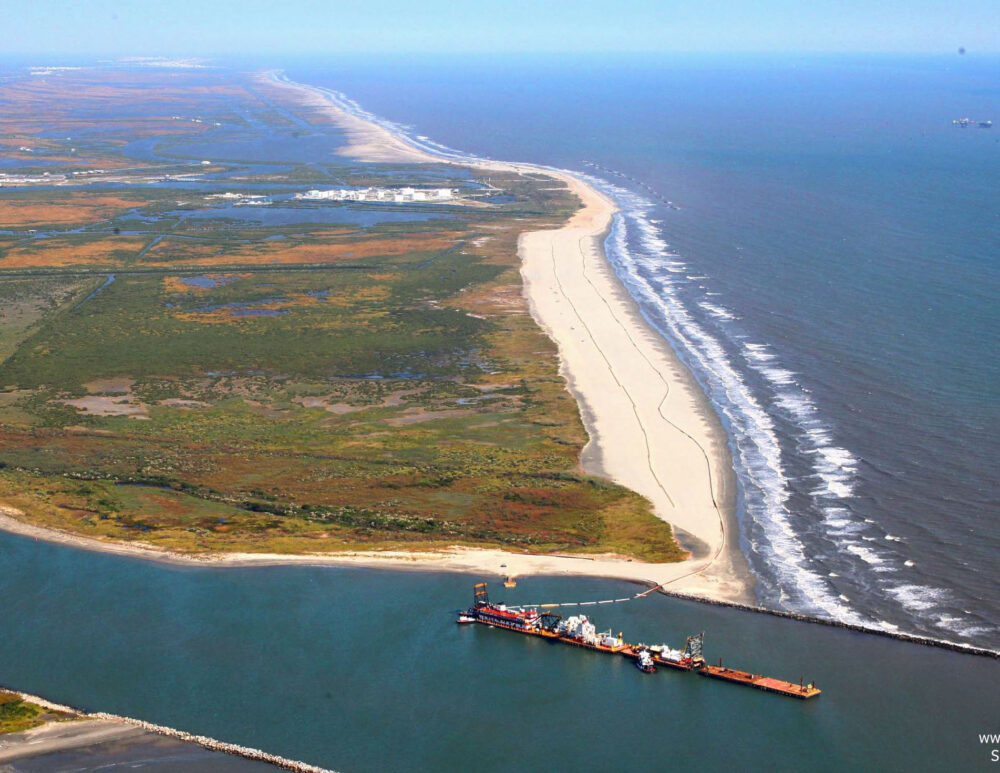We have much more to do and your continued support is needed now more than ever.
Uncorking Limits on Power Plant and Refinery Pollution
There is good news on the horizon in the effort to tackle global warming pollution. Using authority provided by Congress and affirmed by the Supreme Court, today the Environmental Protection Agency (EPA) announced that it will begin using Section 111 of the Clean Air Act to establish federal emission limits on the amount of carbon pollution that comes from power plants and oil refineries. These limits – known as performance standards – would apply to newly constructed or modified power plants and refineries and, more importantly, can apply to existing facilities.

The process of generating electricity is the single largest source of global warming pollution in the United States, representing 41 percent of all carbon dioxide emissions. EPA’s newly announced plan to set standards for this sector could require the clean-up of our oldest, least efficient and dirtiest coal power plants. And there are 150 oil refineries in the U.S. that represent the next largest stationary source of global warming pollution – accounting for approximately 3 percent of our total global warming pollution. Stringent pollution limits over these big sources are long overdue and will begin holding polluters accountable for their contribution to the climate crisis.
Under the schedule agreed to by EPA, states and environmental litigants, the agency will issue draft standards for power plants by July 2011 and final standards by May 2012. Similarly, EPA will put forth draft limits for refineries by Dec. 2011 and final standards by November 2012.
This reasonable schedule and the resulting standards could also help push back against proponents of Dirty Air Act efforts to stop EPA’s ability to take on global warming. First, establishing these performance standards will create the “regulatory certainty” that many utilities want to see before they start reducing their carbon pollution. Indeed, a new report by the Main Street Alliance speaks to the economic benefit of creating pollution standards and just two weeks ago a number of utilities wrote to the Wall Street supporting pollution limits under the Clean Air Act.
Second, under the Clean Air Act, performance standards are intended to promote the use of the best air pollution control technologies and take into account the cost of such technology and any other non-air quality, health, and environmental impacts. Inherent in this charge is a fair amount of flexibility on how the limits are met. Thus, combined with the paced schedule, this flexibility will allow EPA (and the states that implement the new standards) to meet with all stakeholders over the coming months and forge the best options for setting standards that both significantly reduce our carbon pollution and supports industry investments in clean energy technologies.
It still might be too early to pop the champagne, but EPA’s announcement certainly helps ring in the New Year!




















